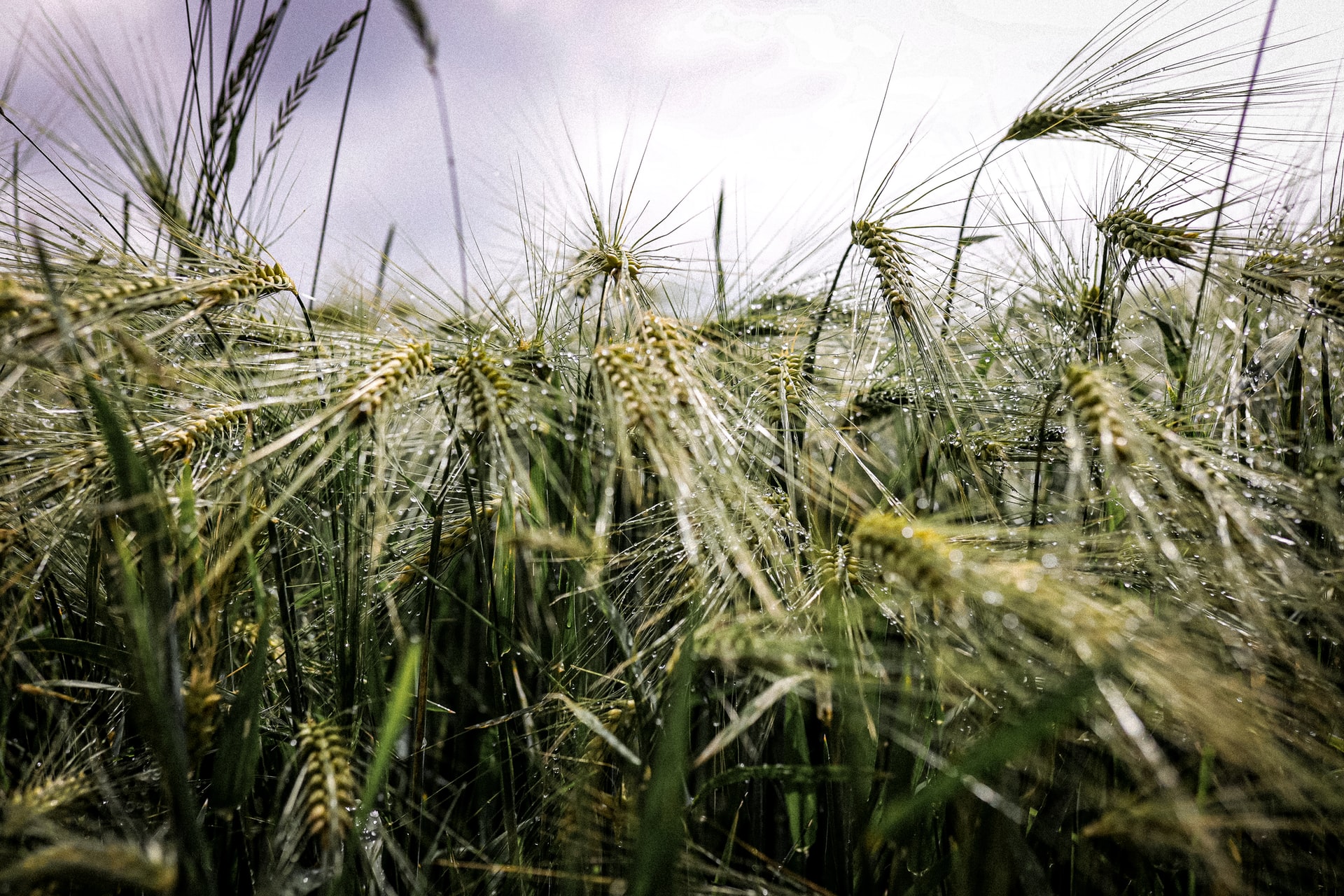Cash market slips and grain growers pull back from selling
By James Massina
4th August, 2022
The Bureau of Meteorology recently released its three-month outlook for August to October and the current weather patterns look set to continue. The BoM is stating that there is a greater than 80% chance of above median rainfall for the August to October period for the whole of the Australian cropping region except for Western Australia. It goes one step further than that, saying that most of the eastern two thirds of the mainland has double the normal chance of unusually high rainfall for the same period. This will no doubt be welcomed by some, though there will be others out there who would much prefer some warm and sunny days to help those crops that were planted late, and already very wet. The BoM is also saying that generally, minimum and maximum temperatures will be above the medians for much of the cropping belt.
Cash markets have been relatively quiet over recent weeks as a pull back in values generally has the grower and domestic consumer sitting on the sidelines. In the old crop space, most of the engagement has been in the nearby with execution driving a large part of the interest. Delivered wheat values into northern and southern homes for SFW have been trading a $10-20 range for a period and values somewhat dependent on the timeframe and the destination. It has been a similar story in barley with trade shorts and demand into export slots providing the most liquidity. Some uncertainty in the feedlot sector as FMD continues to make the news has a cautionary approach coming from there. Canola markets have been volatile and jumping around on overseas news. Currently, there seems to be a reluctance to engage from the grower as values are well back from the highs, we saw only a matter of weeks ago.
Overseas markets have been under pressure as some normality returned to futures markets. With an export pathway seemingly established through the Black Sea region, focus turned to fundamentals which generally saw markets move lower as the realisation that there is ample wheat and canola in the exporting countries to supply demand. Plenty to still play out in the Black Sea and questions remain whether 50 million tonnes of wheat can be exported from that region however today, that is what the market is working on. US and European wheat all trended lower over recent weeks with canola in Canada and Europe following a similar pathway. The same cannot be said for row crops in the US which have been firm on the basis that the weather forecast for that region is looking dry and hot. Needless to say, newswires will continue to influence markets however it has been refreshing to see market commentary focused on fundamentals of late.
Sowing success a mixed bad across eastern states

As we speed along into August, the New South Wales crop continues to emerge and progress in a very mixed fashion...
Read MoreToo many lions, not enough shares

While the humanitarian aspect of the Eastern European situation remains terrible, it has undoubtedly provided very favourable market conditions for us here in Australia to participate in...
Read MoreSeason bodes well for most grain growers

As we approach the mid-point of the winter months, the Australian crop conditions are for the most part, well setup right across the country.
Read MoreGrain prices go for elevator ride

The saying goes that markets take the stairs up and the elevator down, which suggests that markets tend to fall faster than they rise.
Read MoreGrain growers welcome improved conditions

Never in recent history has it felt like the ag commodities market has exhibited such volatility in such a short space of time.
Read MoreConsistent wet spell adds to 'normal' year

In what we used to call a ‘normal’ year, the end of June has quite commonly been associated with the conclusion of the winter sowing program.
Read MoreWeather woes as market slows

The Australian Bureau of Agricultural Resource Economics and Sciences (ABARES) recently released its June report, tipping Australia to produce its fourth largest winter crop on record at 50.9 million tonnes.
Read MoreCash markets shiver along with the growers

As much of the country shivers through a cold blast, one could be mistaken for thinking the weather had somehow managed to take the heat out of cash markets as well.
Read MoreA quieter week at the Chiropractors Clinic

Of late, it would seem, a market-moving event was a daily occurence, with both domestic and international commodity values reacting accordingly.
Read MoreGrains market lifts in face of season’s challenges

International wheat futures have consolidated this week after rallying last week on the back of India’s decision to abruptly ban exports.
Read More
Indian export ban causes import headaches

The global market caught a shock late last week when India announced an abrupt ban on its wheat exports on May 14.
Read MoreA logistical nightmare

The recent harvest provided a physical and emotional rollercoaster with the highlights of big yields and strong pricing counterbalanced by persistent harvest rains and the subsequent delays and quality issues.
Read MoreOilseed demand lifts acreage

Significant increases to crop input prices hasn't slowed the efforts to plant this year's winter crop as almost the entire east coast has been gifted a well-timed and wide-spread autumn break.
Read MoreOptimal conditions align for winter crop

As sowing programs across the country ramp up on what for the most part is a full moisture profile, Australian farmers look primed to capitalize on record prices for their product.
Read MoreWhere to from here

In recent months 'volatile' seems to have been the word of choice to try and describe grain market movements and, given we unfortunately don't appear any closer to a resolution to the crisis in Ukraine, it appears this description is likely to remain popular for some time yet.
Read MoreExisting world grains issues persist

Another week rolls by and another round of inputs into the discussion, more forcibly argued depending on the side of the fence you sit, seller or buyer.
Read MoreWatching for the flashes

Without a meaningful resolution in sight for the crisis in Ukraine, the market continues to trade under the expectation that disruptions to Black Sea grains and oilseeds will be felt for a while yet, increasing the requirement for alternative origins to step up and fill the shortfall.
Read MoreSowing intentions start to emerge

International markets continue to trade erratically on the back of expected supply chain disruptions due to the situation in Ukraine. Whilst we all hope for a swift end to the conflict, it is impossible to predict how things will progress and as such international markets continue to trade volatile ranges on a daily basis.
Read More